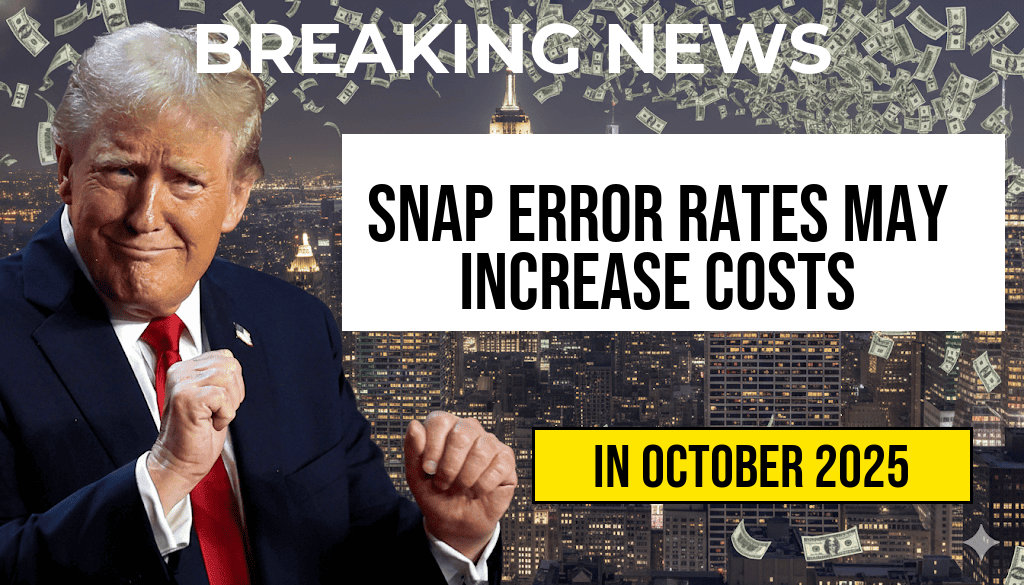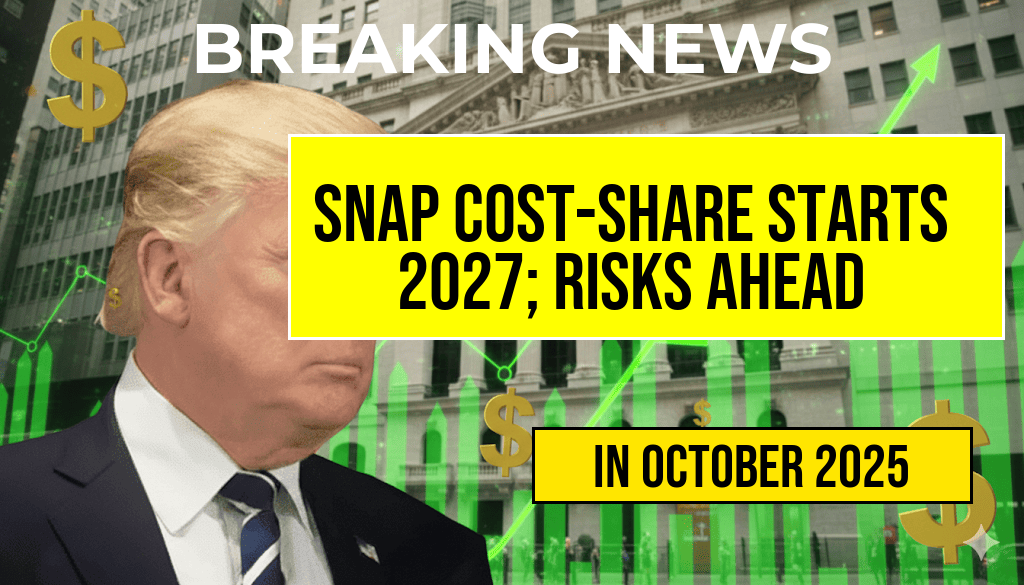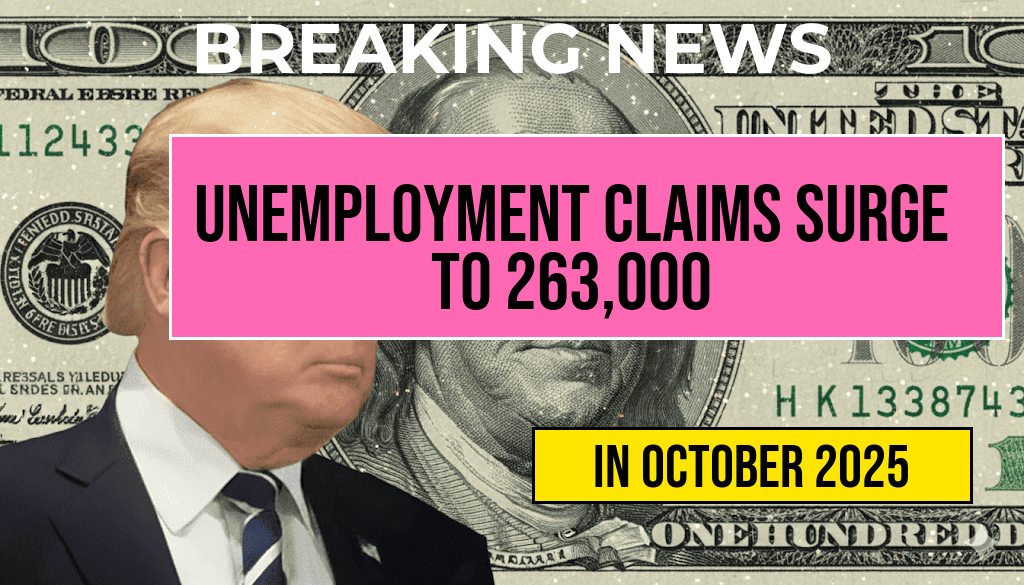The upcoming changes to the Supplemental Nutrition Assistance Program (SNAP) are set to reshape how states manage their benefits. Beginning in 2027, a new cost-share system will be implemented, holding states accountable for error rates in their SNAP administration. High-error states may face significant financial repercussions, potentially jeopardizing benefits for millions of participants. As states prepare for this shift, questions arise about its impact on food assistance programs and the families who rely on them. The stakes are high, with millions of dollars at risk and vulnerable populations facing uncertainty in their ability to access essential food resources.
Understanding the Cost-Share System
The cost-share system aims to improve the accuracy of SNAP benefit distributions. Under the new guidelines, states will be required to share the financial burden of erroneous payments, which arise from either overpayments or underpayments. The U.S. Department of Agriculture (USDA) will monitor states and impose financial penalties on those with high error rates. This initiative is part of a broader effort to ensure the integrity of the SNAP program and ensure that resources are allocated efficiently.
Impact on High-Error States
States that consistently report high error rates could find themselves facing substantial costs. According to USDA data, some states have historically struggled with maintaining low error rates, leading to concerns about their ability to manage the new cost-share system effectively. States like California, Louisiana, and New York have previously reported significant discrepancies in benefit distributions, which could translate into millions in penalties.
- California: Known for its large SNAP population, it has faced challenges in accurately processing applications.
- Louisiana: A state that has struggled with administrative accuracy, risking both federal and state funds.
- New York: With a complex urban environment, it has encountered difficulties in identifying and correcting errors.
Potential Consequences for Beneficiaries
As states grapple with the new requirements, beneficiaries may feel the impact directly. Reduced funding due to penalties could lead to tighter budgets for food assistance, potentially resulting in decreased benefits for families in need. Food insecurity remains a critical issue across the nation, and any reduction in SNAP benefits could exacerbate existing challenges.
Strategies for Improvement
To mitigate errors and avoid penalties, states will need to adopt robust strategies aimed at improving their SNAP administration. Some potential strategies include:
- Investing in training programs for SNAP staff to enhance understanding of eligibility criteria.
- Implementing technology solutions that streamline application processing and reduce human error.
- Conducting regular audits to identify and correct discrepancies in benefit calculations.
Looking Ahead
The transition to a cost-share system is part of a larger reform effort aimed at enhancing the effectiveness of SNAP. Stakeholders, including state officials, advocacy groups, and community organizations, are closely monitoring the upcoming changes. The goal is to ensure that the program remains a vital resource for low-income families while upholding its integrity. As 2027 approaches, the focus will be on developing actionable plans that can safeguard against potential penalties and maintain access to food assistance for millions of Americans.
Further Considerations
Experts emphasize that collaboration between state and federal agencies will be crucial in navigating these changes. By fostering a cooperative relationship, states can receive the guidance they need to comply with new regulations while minimizing the risk of financial penalties. Additionally, community outreach efforts will play a key role in ensuring that beneficiaries understand their rights and the resources available to them.
| State | Error Rate (%) | Potential Penalty ($) |
|---|---|---|
| California | 8.5 | $15,000,000 |
| Louisiana | 9.1 | $5,000,000 |
| New York | 7.8 | $10,000,000 |
For more information about SNAP and the upcoming changes, visit the U.S. Department of Agriculture’s official website at www.usda.gov/snap and read more about food assistance programs on NASS.
Frequently Asked Questions
What is the State SNAP Cost-Share program?
The State SNAP Cost-Share program, beginning in 2027, requires states to share the costs of the Supplemental Nutrition Assistance Program (SNAP), which supports low-income individuals and families in purchasing food.
How will the Cost-Share affect high-error states?
High-error states may face significant financial implications as they risk losing millions in federal funds if they do not reduce error rates in their SNAP administration.
Will beneficiaries see a reduction in benefits due to this program?
While the State SNAP Cost-Share itself does not directly reduce benefits, high-error states could experience funding cuts that might indirectly affect benefit levels for participants.
What measures can states take to avoid losing federal funding?
States can implement better training, improve case management, and utilize technology to minimize errors in SNAP administration, thereby safeguarding their federal funding.
When will the Cost-Share program officially start?
The State SNAP Cost-Share program is set to officially begin in 2027, prompting states to prepare for the upcoming changes in funding and administration.











